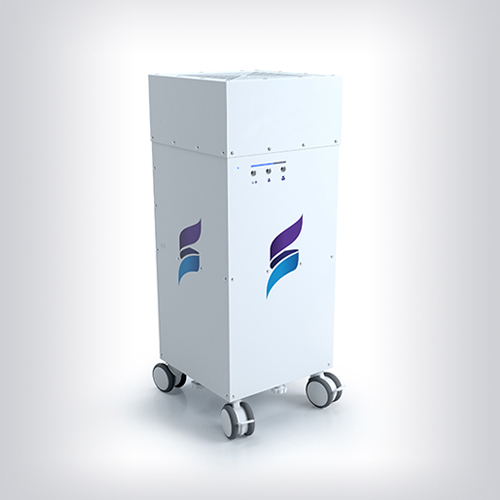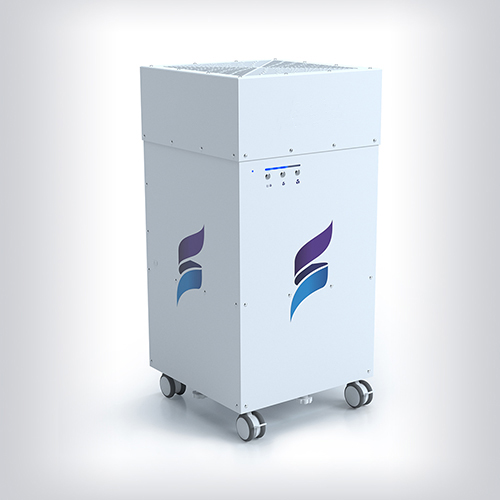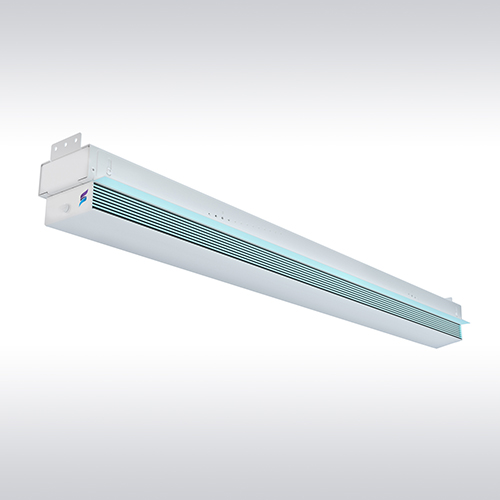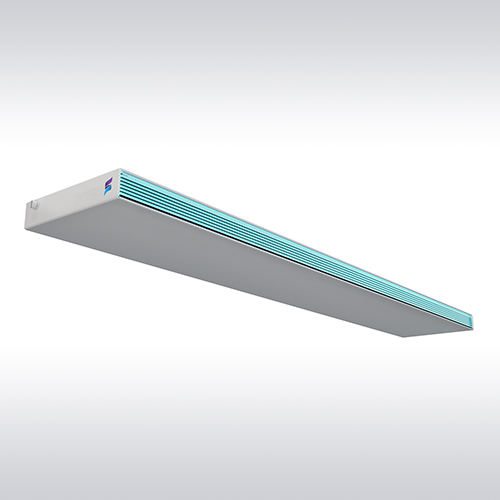
The Science of UVC
An effective, proven way to kill viruses.
UVC light has been proven to be an affordable, efficient, and effective solution for reducing unwanted airborne organisms. To understand how the technology works, it’s important to understand the science of UVC light.
A century of evidence that UVC light kills germs.
In 1877 Downes and Blunt discovered sunlight’s ability to prevent microbial growth. In 1930, Gates published the first analytical bactericidal action spectrum noting peak effectiveness at 265 nm, very near the 254 nm output of germicidal lamps. Since then, multiple research studies have confirmed that UVC light is effective in inactivating or eliminating viruses and bacteria.
Today, news reports show that UVC light is being used to clean hospitals, subways, airports, and other places where people gather. With the global COVID-19 pandemic, virtually every industry is looking at UVC as a means to quickly and effectively reduce the spread of SARS-CoV-2.
The fascinating science of UVC.
Ultraviolet light is part of the electromagnetic spectrum, falling between visible light and x-rays. It’s classified into three primary groups based on wavelength: Ultraviolet A (UVA), Ultraviolet B (UVB) and Ultraviolet C (UVC). UVC light has a wavelength range of 100 – 280 nanometers (nm) and is widely acknowledged as the most effective light for deactivating viruses. Accordingly, it is sometimes referred to as Ultraviolet Germicidal Irradiation (UVGI).
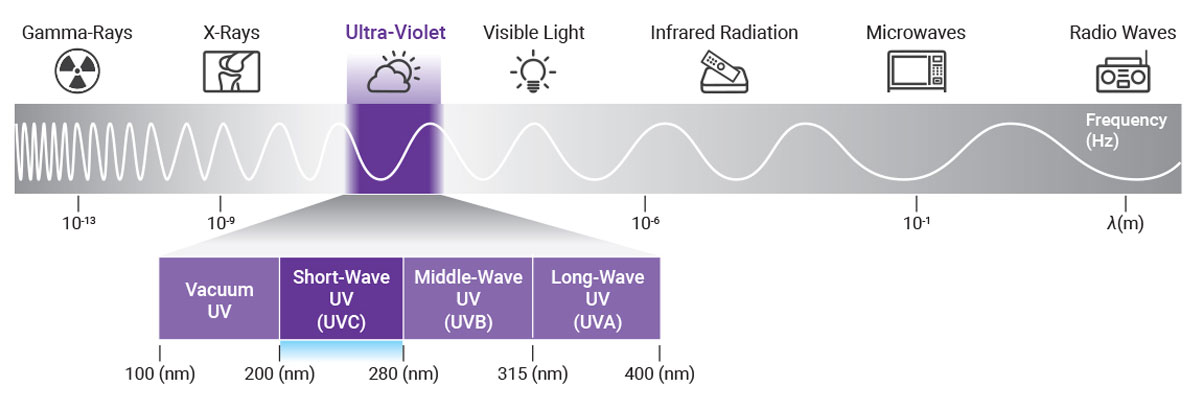
UVC irradiation is a physical process that disrupts and damages the nucleic acid (DNA and RNA) of harmful organisms. The UVC light produces electromagnetic energy that causes a photo-chemical reaction, triggering the formation of specific thymine or cytosine dimers in DNA and uracil dimers in RNA. This alteration of the DNA and RNA strands leaves the organisms sterile, rendering them unable to function or reproduce. In scientific terms, a sterile organism is in essence a dead organism. Since they can’t reproduce, the organisms can’t spread, and the pathologic effect has been eliminated.
When exposing microorganisms to UVC light, the light penetrates through their cell wall and disrupts the structure of their DNA molecules, prohibiting reproduction.
How does UVC light affect DNA? Slide the bar below to see a simplified example of DNA before (left) and after (right) exposure to UVC light. Notice the bulging of the outer sugar phosphate backbone, and the breaking and reformation of the base pairs.
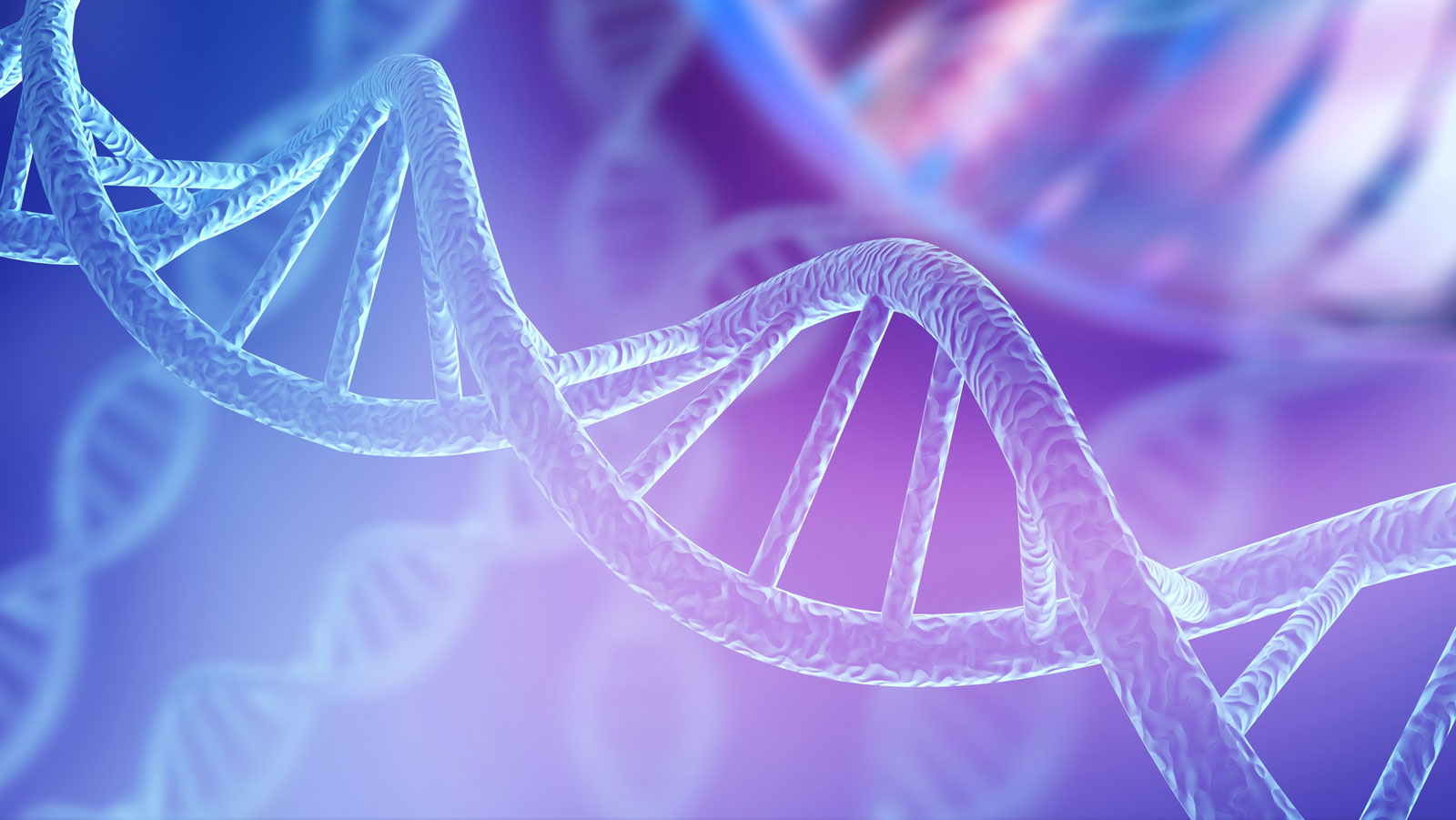
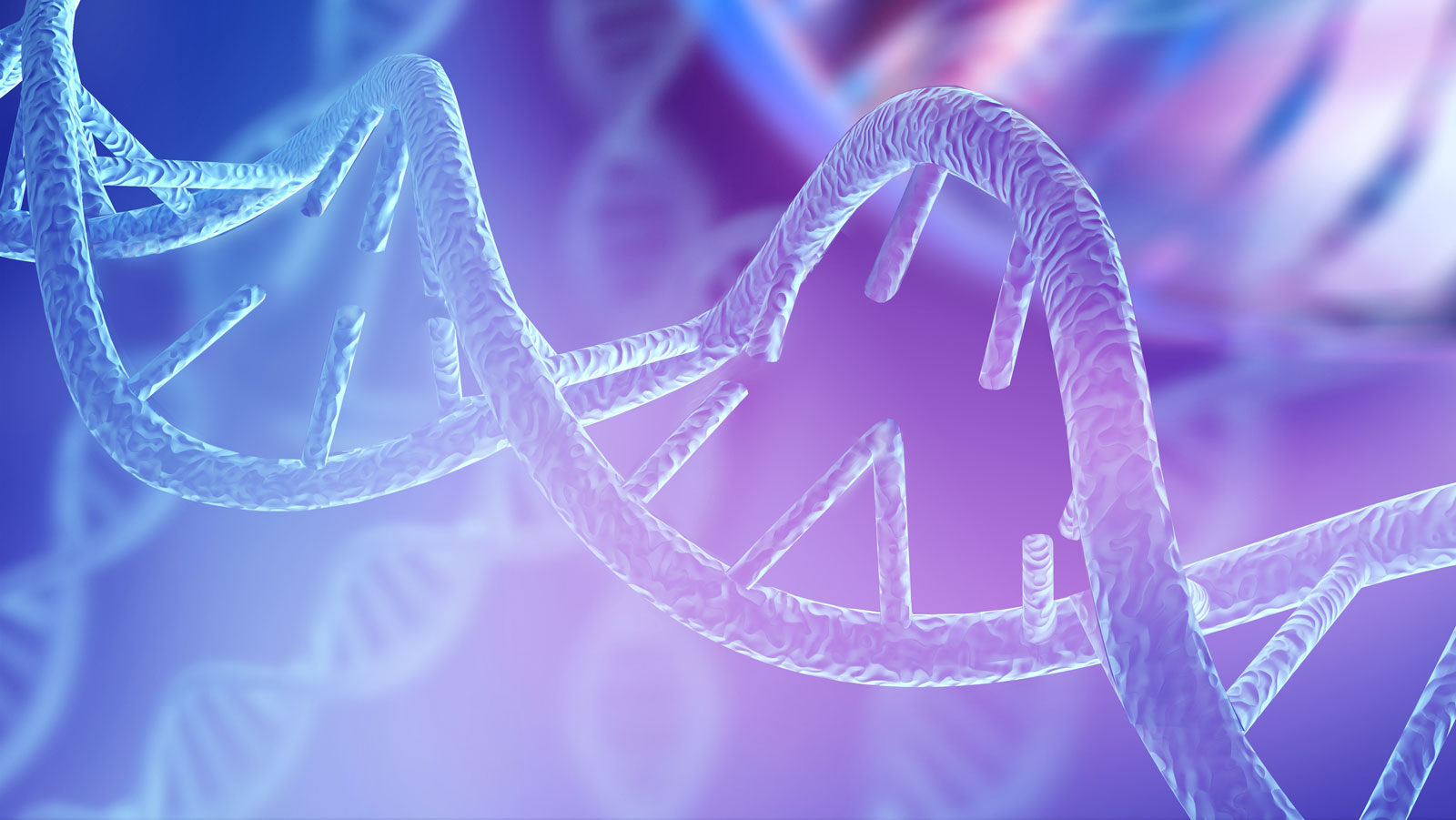
How UVC inactivation is measured.
| Log Reduction | Reduction Factor | Percent Reduced |
|---|---|---|
| 1 | 10 | 90% |
| 2 | 100 | 99% |
| 3 | 1,000 | 99.9% |
| 4 | 10,000 | 99.99% |
| 5 | 100,000 | 99.999% |
| 6 | 1,000,000 | 99.9999% |
The extent to which UVC light can inactivate organisms is dependent on the dose (intensity x time), wavelength of radiation (measured in nm), and sensitivity of the specific type of organism. Different organisms have unique resistances to UV light; some are very susceptible, while others are more resilient and require more UVC exposure for inactivation. For example, because SARS-CoV-2 (the specific coronavirus that causes the COVID-19 disease) consists of single-strand of RNA, it’s more susceptible to UVC light.
Most experts agree it’s not necessary to completely kill organisms, but rather apply enough UVC light to prevent them from replicating. A number of research studies have produced widely-accepted UVC dose requirements to inactivate common microbes. The level of inactivation achieved is quantified in terms of a Log Reduction Value (LRV). Log reduction is a mathematical term used to express the relative number of microbes eliminated by disinfection.
Why experts recommend UVC for virus inactivation.
In today’s environment, traditional cleaning protocols are no longer enough – especially when it comes to inactivating SARS-CoV-2. With airborne transmission posing the greatest threat, topical germicides simply don’t have an impact. In contrast, UVC has been proven to effectively eliminate 99.998% of airborne SARS-CoV-21.
Benefits of cleaning with UVC Light
- There are no sprays or chemicals
- It doesn’t produce by-products, toxins or VOC emissions
- It won’t affect smell or taste in water and food
- Rooms can often be cleaned in minutes
- It can inactivate or kill up to 99.998% of SARS-CoV-21
For more information about the science of UVC, visit our FAQ page.
Check out each of our UVC products.
1Independent testing of our UVC Mobile Air Purifier demonstrated a 99.998% reduction in airborne SARS-CoV-2. For more information contact [email protected].

